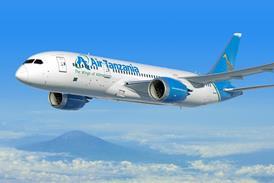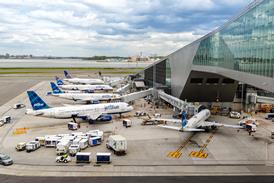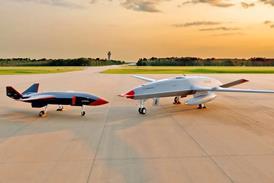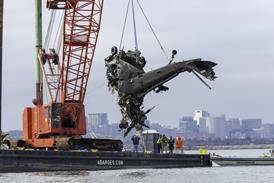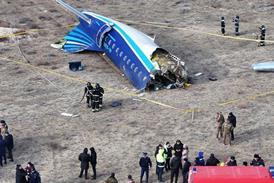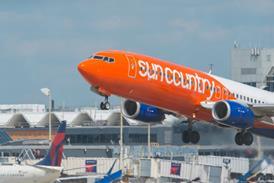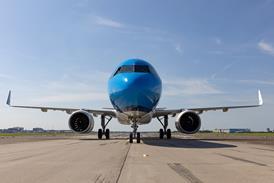Operations at United Airlines’ massive hub at Newark Liberty International airport have stabilised amid a sharp reduction in daily air traffic mandated by the Federal Aviation Administration.
The FAA on 20 May capped the number of Newark flights after finding “persistent overcapacity” at the busy New Jersey airport, which has been at the centre of widespread concerns regarding air traffic control (ATC) coverage and flight safety in the USA.
It is also a stronghold in the New York metropolitan area for United.
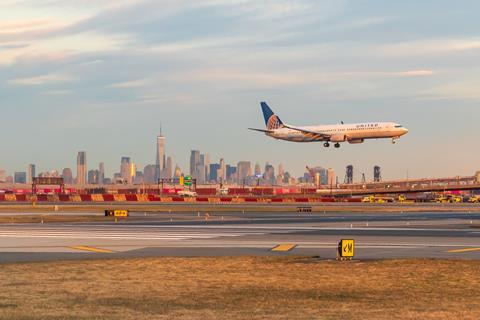
Recent telecommunications and radar outages reported by the FAA’s Philadelphia Terminal Radar Approach Control site, which manages Newark air traffic, have forced controllers on several occasions to operate in the dark for brief periods.
Similar outages have been reported elsewhere in the USA, which relies on creaky, decades-old technology to oversee an increasingly complex national airspace system.
Earlier this month, US Transportation Secretary Sean Duffy rolled out a plan to overhaul the country’s ATC system, which has broad support from the airline industry. That came amid the chaos of thousands of delayed and cancelled flights at Newark, and United urging the FAA to implement slot controls there to reduce delays.
The Chicago-headquartered airline called for a cap of 44 hourly flights at Newark, and to build up to 77 hourly flights once ongoing runway construction is completed.
The FAA has since reduced daily flights at Newark by some 30%, which United says is “good news for our customers” in a 22 May update from Jon Gooda, the airline’s president of airport operations for Newark.
”A few weeks ago, we pro-actively cut about 35 United flights from our schedule,” Gooda says. ”That helped ease congestion caused by both the ongoing runway construction at [Newark] and air traffic control staffing shortages, and it also got our operation back on the right path.”
Since United cut Newark flights from its schedule in early May, Gooda says, the airport is back to exceeding the rate of on-time arrivals at LaGuardia airport and it is “closing the gap” on John F Kennedy International airport.
However, United’s summer schedule at Newark will be reduced compared with last year, and the number of daily flights will fall well short of what the carrier had previously expected for the peak of summer air travel.
Despite advocating for slot reductions, United pins its reduced schedule on the FAA.
”Because of the recent FAA decision, every airline’s schedule at EWR will be smaller than planned and smaller than last year, including ours,” Gooda says.
Runway construction at Newark is expected to be completed by mid-next month. United plans to “slowly and safely” build its schedule back from that point, Gooda says.
United boasts that it is so far ranked first among US carriers in on-time departures for the month of May, despite acute challenges at Newark.
Flight-tracking platform FlightAware showed Newark airport experiencing an average delay of about 20m for inbound flights on 23 May, though United’s overall operations were running smoothly.


